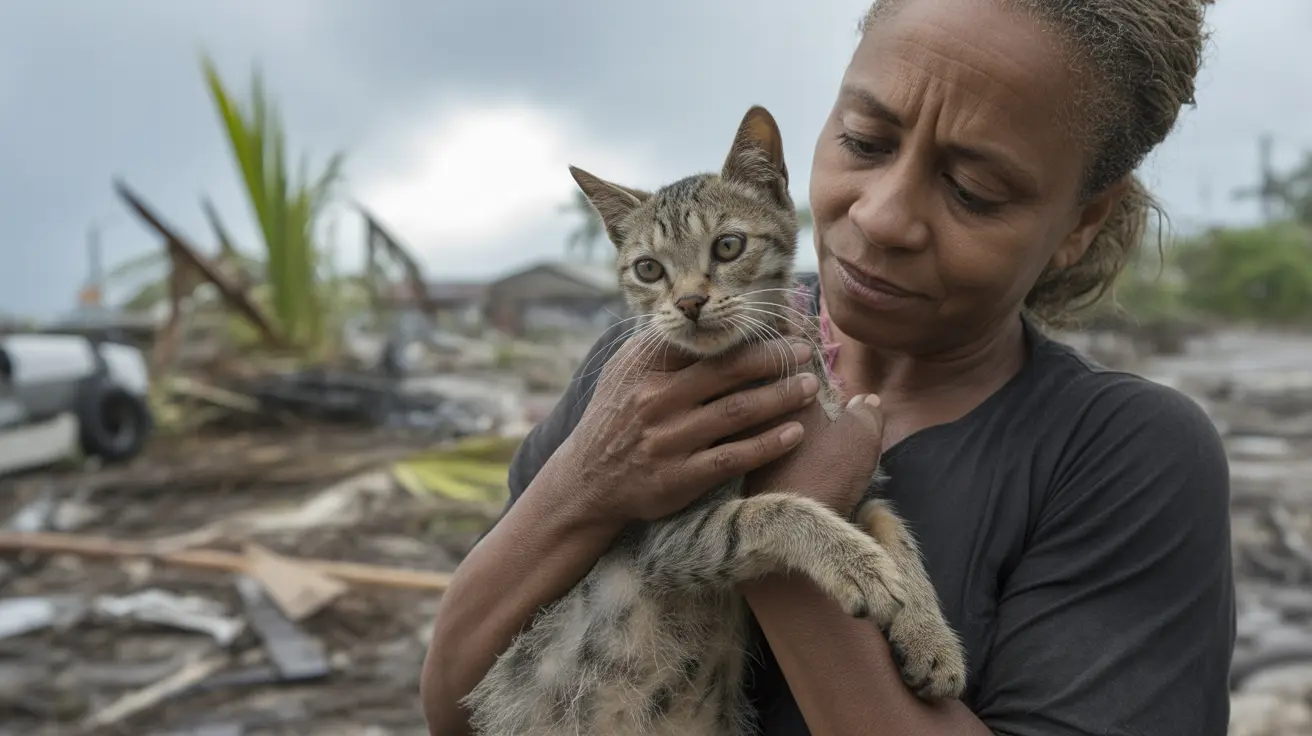The Five Emotional Stages of Euthanasia in Pets
Making the decision to euthanize a beloved pet is never easy. It is a journey filled with emotional struggle, internal debates, and an overwhelming sense of grief. Many pet owners experience a progression of feelings that closely mirror the classic five stages of grief: denial, anger, bargaining, depression, and acceptance. Understanding these stages can help families process their experience and find peace in their decision.
1. Denial
In the initial stage, pet owners may refuse to accept the seriousness of their animal’s condition. They may believe that their dog will improve or insist that the symptoms are temporary. This reaction is a natural defense mechanism that offers a reprieve from the pain of reality. During this time, owners might reject the veterinarian’s assessment or avoid conversations about end-of-life care.
2. Anger
As denial fades, it may be replaced by anger. This can be directed at oneself, loved ones, or even the veterinarian. Owners might feel betrayed by the healthcare system, guilt-ridden about missed signs, or frustrated with themselves for not providing better care. These emotions are valid and can be intense, particularly when the pet's comfort and well-being seem to be slipping away.
3. Bargaining
In this phase, pet owners often seek ways to postpone the inevitable. They may explore new treatments, therapies, or alternative remedies in a desperate attempt to improve their pet’s quality of life. This is often accompanied by promises or deals made mentally — “If only my dog can get better, I’ll…”. Bargaining is fueled by hope and the desire to avoid loss.
4. Depression
When it becomes clear that euthanasia may be the best option, the sorrow sets in. Depression during this stage may manifest as withdrawal, crying, lack of interest in daily tasks, or even physical symptoms such as fatigue. The loss feels imminent, and the emotional burden of impending separation can be overwhelming. This is when many start to grieve not just the pet’s impending death, but also the end of a cherished routine and bond.
5. Acceptance
Acceptance doesn't mean happiness or forgetting. Instead, it is the point where a pet owner comes to terms with their decision, made in compassion and love. They understand that euthanasia can provide a dignified, peaceful end to suffering. While painful, this stage allows for closure. Pet owners may begin to plan how to say goodbye, consider cremation or burial, and think of ways to memorialize their dog.
Supporting Factors That Influence These Stages
- Quality-of-Life Assessment: Tools such as the HHHHHMM Scale help pet owners and vets evaluate aspects like pain, mobility, and happiness.
- Veterinarian Guidance: Clinical insights provide objective viewpoints and compassionate counsel, helping clarify difficult choices.
- Behavioral and Medical Signs: Appetite loss, incontinence, chronic pain, or behavior changes may signal that a pet's well-being is significantly declining.
- Support Systems: Pet loss support groups or professional counseling can aid families during the transition.
Practical Preparations for Euthanasia
Once acceptance is reached, families may move forward with end-of-life arrangements. These might include:
- Deciding between in-clinic or in-home euthanasia services
- Creating a peaceful, familiar environment for the dog
- Bringing a trusted friend or family member for emotional support
- Exploring cremation, burial, or memorial options
Aftercare and Coping Post-Euthanasia
Feelings of guilt, sadness, or doubt are common after the procedure. These are natural emotions and not an indication that the decision was wrong. Taking time to grieve, engaging with pet loss support resources, and allowing surviving pets or children time to adjust are important healing steps.
Ultimately, moving through the five stages of euthanasia helps pet owners cope with loss. It's a reflection of the deep bond shared with their companion — a sign of love, not failure. When made with compassion and after thoughtful consideration, the choice of euthanasia is often the final act of kindness we offer our loyal friends.





